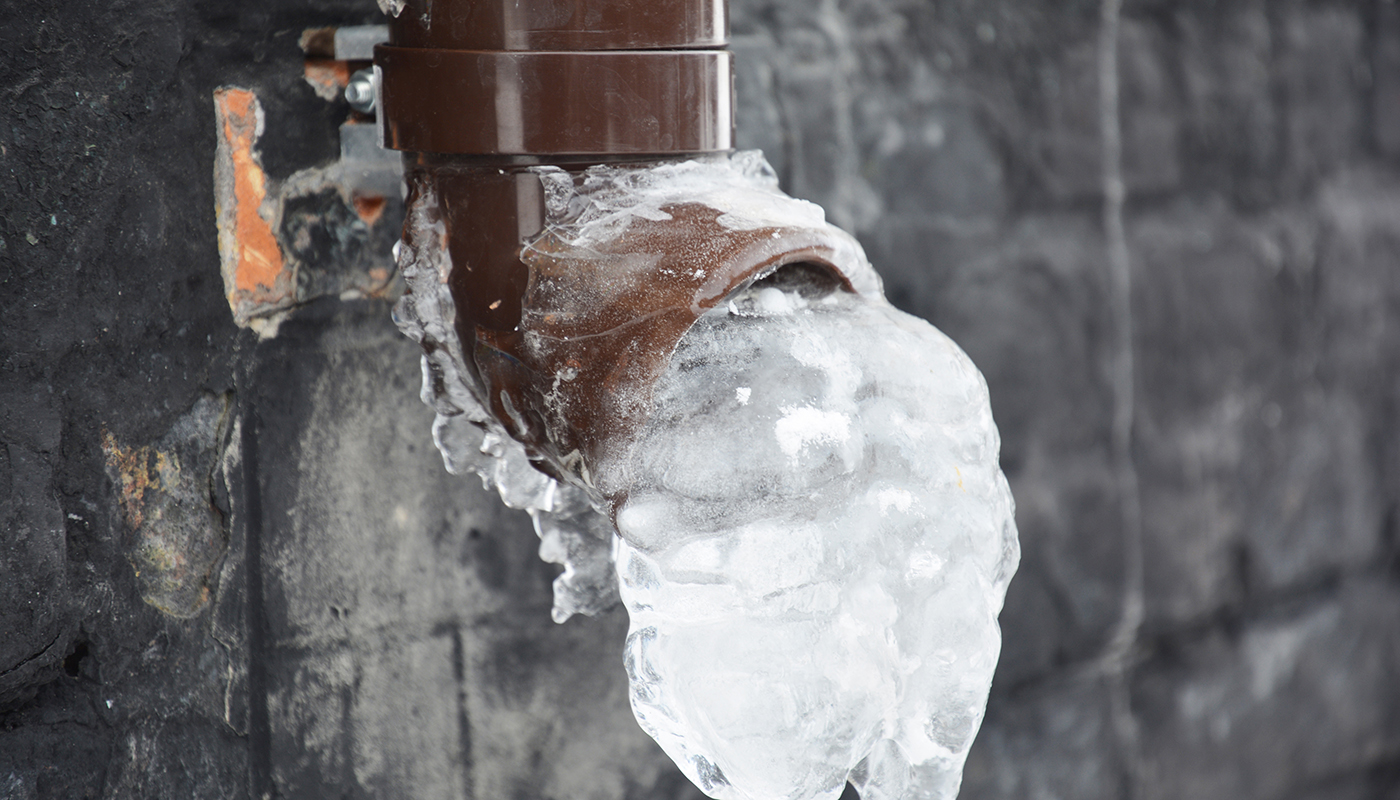How To Avoid Ice Dams
Follow these tips to protect your home during cold-weather months.
We’ve all bundled up in our homes to watch the first snow flurries fall and icicles form on the roof’s edge. It’s a beautiful sight, but oftentimes, what comes with the snow and ice isn’t so pretty. When temperatures begin to fluctuate, which causes water to freeze and thaw, it can cause ice dams to form. This can compromise your roof’s integrity. We’ve gathered ways to avoid this expensive problem and ensure you and your house stay safe this winter season.
What are ice dams?
Ice dams form when heavy snow or ice on your roof melts during warmer temperatures but refreezes when temperatures drop again. Ice dams are more common in northern parts of the U.S., but they can form anywhere there are drastic temperature shifts. This refrozen water creates a blockage for other water trying to flow off the roof, causing water to back up into attics. Once water is inside your home, there can be major damage to walls, ceilings, insulation and flooring.
Think of ice dams like clogged arteries in a heart: Once the pathway for water to flow away from your house gets blocked, water starts to back up into the home and causes problems.

See what's covered under AAA insurance.
Find Out Now>> iStock
iStock
How do you prevent ice dams?
An ounce of prevention is worth a pound of cure for ice dams. You want to stop the issue before it starts.
One of the easiest ways to prevent ice dams is to ensure your gutters and downspouts are clear of leaves, sticks or debris that may cause a backup. Have a big tree that drops its leaves every year in your yard? Check the cleanliness of your gutters and downspouts when you’re raking leaves, since nature is telling you that freezing temperatures are coming soon.
Before cold weather hits, check the ventilation in your attic. Good airflow is imperative to help prevent ice dams. Some important places to pay attention to airflow are under the eaves, at the soffit area along the bottom of your roof, and in corners so warm air doesn’t get trapped. That causes a major discrepancy in temperature between your roof and your attic.
Look for spots where warm air from your house can escape to your attic. Common, but often forgotten, areas to insulate are around recessed lighting fixtures, the attic hatch door and around ducts connected to bathrooms, kitchens and the laundry room.
Speaking of insulation, good insulation is a major player in the fight against ice dams. Check your attic to confirm it has an R-value that is recommended for your area of the country (Check out this handy map showing recommended insulated R-values from the U.S. Department of Energy). Good insulation in your attic will help prevent heat loss during colder months and help seal out hot air during warmer ones.
Confirm that the thickness of your insulation continues in the corners and edges of your roof as well as in the center. When you add insulation, be sure none of it blocks the soffit vents, as this can reduce airflow. Consult a roofer to help with any issues with your roof venting or insulation to ensure proper installation.
Once cold weather arrives, make sure to keep your gutters and downspouts clear of snow and ice. This helps the drains function properly and directs water away from your house.
Clear snow and ice off your roof when it starts to accumulate. Use tools like a lightweight roof rake or a telescoping roof snow shovel to get snow off hard-to-reach spots a little easier.
There are also gadgets that can help your fight against ice dams. If your area experiences significant snowfall, it may be worth investing in de-icing cables that can be installed directly on your shingles to prevent ice dams from forming.
If you have calcium chloride ice melter on hand, you can use it to help with large chunks of ice—just don’t put the calcium chloride directly on your roof. Instead, grab an old pair of pantyhose or socks to create a sleeve of calcium chloride that you can place on the area that needs melting. The solution will seep out of the sleeve to start melting the ice and create a channel for water to escape.
What do you do if you have an ice dam forming on your roof?
First, don’t panic. Second, call a professional. While breaking off ice can seem like a simple task, if the ice is not removed properly, you risk causing more damage to your home or even injuring yourself in the process. Hire a licensed contractor with experience in ice dams to remove it properly and assess if you have any damage to your home.